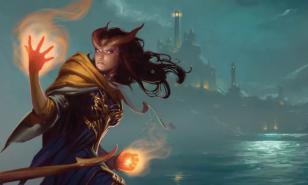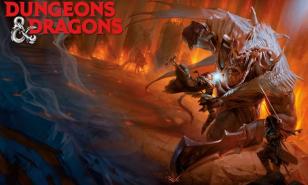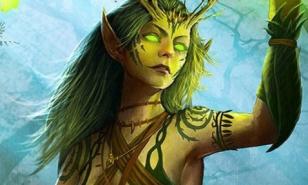[Top 5] D&D Best Goblins Class - What's the Best Class for Goblins

Goblins are horde creatures with nasty personalities, a lack of personal hygiene, and no sense of loyalty, or that’s what people in the world of D&D believe anyway. Depending on how you decide to play your goblin, they may be telling a very different story by the end of the campaign.
Playing as a goblin is less conventional, but it makes for some interesting story development. Will you play a goblin that has been ostracized from their tribe and is now forced to survive in a world that hates them? Or will you play one that has turned away from their way of life by choice? Will they get the world to change their opinions on goblins? Or will they let the insults pile on until eventually, they snap?
There are so many ways your story could go, so of course, there are so many different things your Goblin could be. Let’s take a look at the top 5 best classes for your goblin.
5. Artificer

With the right tool and a bit of Goblin Chaos you can obliterate your enemies as an Artificer
How to Play an Artificer: https://www.youtube.com/watch?v=lDiKqsfItq0&ab_channel=XPtoLevel3
I’m a little bit biased, but Artificers are one of the most fun classes to play once you get the hang of them. They are seen as the inventors of the world and can be extremely helpful to your party in several different ways. From being the support to taking enemies head-on with their wondrous collection of various contraptions, Artificers are the way to go.
They have a manageable number of spells and are versatile enough to take on almost any role in the party. However, they are one of the more complicated classes to play and can be a bit difficult for first-time players.
A lot can be done with them, and the addition of an interesting background and character arc can make for a great campaign.
Why Artificer is Great for Goblins:
- If a creature you’re fighting is larger than you, which is typically the case when playing a small creature, Fury of the Small allows you to add damage to your attacks (weapon or spell) equal to that of your level.
- Playing as a Zendikar Goblin greatly increases your Constitution, which can give your artificer a better advantage, especially when playing a Battle Smith.
- Their spells saves are Constitution and Intelligence. While your Goblin might not have great intelligence, it isn’t too much of a problem because Int saves are usually quite rare.
Pick Artificer if…
- You enjoy being able to support your party in their endeavors or give yourself an advantage in combat.
- You want to create a chaotic character that’ll give your DM a headache.
- You feel like playing a more experimental character, specifically if you decide to play an Alchemist.
Artificer wiki link: http://dnd5e.wikidot.com/artificer
4. Cleric

You never know what to expect when the healer of the party is played by a goblin
How to Play a Cleric: https://www.youtube.com/watch?v=J8K38UeKnWg&t=135s&ab_channel=XPtoLevel3
There are many types of Clerics, ranging from life and death to nature-related. There are about 12 different types of clerics you could play, and they all have their own advantages and disadvantages.
They can choose between an extensive number of spells, including healing and the ability to destroy, even create, or raise the dead. Clerics are a very diverse and interesting class, and depending on what domain you pick, the game can either go really well or really badly for your party, though typically it goes well.
If you want to play a morally ambiguous holy man, Cleric is your class of choice.
Why Cleric is Great for Goblins:
- Playing as a Dankwood Goblin increases your Wisdom, which is very helpful for Clerics, who use Wisdom as their spellcasting ability modifier.
- If your character's alignment is evil, then being able to raise the dead (along with a couple of other choice spells) can work to your advantage, especially if you’re eventually planning to turn against your party at some point during the campaign.
Pick Cleric if…
- You wish to be the healer of the group and perhaps try to change the world’s perception of goblins
- You want to cause chaos and destruction with the help of your god and cause your party to question your sanity and choices.
- You just think it’d be funny for a Goblin to be a Cleric
Cleric wiki link: http://dnd5e.wikidot.com/cleric
3. Fighter

Definitely not the face of a Goblin who is about to murder a family, I don't know what you're talking about
How to Play a Fighter: https://www.youtube.com/watch?v=uz_39A6uYfw&list=PLugOo_mrTyTckVepQNpCoe9RFre0VhMxN&index=14&ab_channel=XPtoLevel3
The Fighter is one of the easier classes to play and is very versatile. Depending on what subclass you use, fighters don’t cast spells, making them quite easy to keep track of.
In the case that you do pick a subclass that uses magic (or an aspect of magic), it’s still relatively easy to keep track of what’s going on. The only downside is that your Spellcasting ability uses Intelligence, something Goblins aren’t usually afforded.
Why Fighter is Great for Goblins:
- Playing a dexterity-based fighter is perfect for Goblins.
- Racial features allow for extra movement options and an increase in damage.
- As with the Artificer, Fury of the Small allows you to add damage to your attacks equal to your level against creatures that are larger than you.
Pick Fighter if…
- You would prefer to play more of a melee role and just run in and hack at people while dealing as much damage as you possibly can.
- You would like to give your enemies a disadvantage in attacking your party members, specifically by choosing the Martial Archetype Cavalier.
Fighter wiki link: http://dnd5e.wikidot.com/fighter
2. Monk

Enemies may underestimate you. They won't live to regret it.
How to Play a Monk: https://www.youtube.com/watch?v=tRMj_PyXQ_A&list=PLugOo_mrTyTckVepQNpCoe9RFre0VhMxN&index=17&ab_channel=XPtoLevel3
Monks are one of the most overpowered classes in D&D and are a lot of fun to play, especially once you figure out how to use them to their full potential. They are also one of the easiest classes to play. Players don’t have to worry about keeping track of armor or weapons when most of their fighting style is based on being unarmed.
Monks have this wonderful little feature called Ki, which is mystic energy that enables them to do a number of things, from attacking to dodging out of the way of someone else’s attack to stunning an enemy.
The class is, admittedly, a bit broken.
Why Monk is Great for Goblins:
- You can use Dex instead of Str for attacks and damage with your unarmed strike and make a second unarmed strike as a bonus action (if you use your unarmed strike or monk weapon)
- Fury of the Small
Pick Monk if…
- You want to give your DM a headache and make them question why they ever let you be a monk in the first place
- You are a first-time player
- You want to plow through monsters and give your party the best fighting chance
Monk wiki link: http://dnd5e.wikidot.com/monk
1. Ranger

With your Goblin Tinyness and epic shooting skills, enemies will never see you coming
How to Play a Ranger: https://www.youtube.com/watch?v=ZQ2qEtygBRc&list=PLugOo_mrTyTckVepQNpCoe9RFre0VhMxN&index=12&ab_channel=XPtoLevel3
Rangers are a bit of a combination of the Rouge, Fighter, and Druid classes. Rangers are best used when it comes to tracking down and fighting your enemies. They’re even great at helping the party escape an enemy if they need to retreat from an encounter.
If you choose to go for a more nature-based ranger, then you can communicate with the animals and plants around you, which is a great feature when you’re tracking someone through the forest and want to find out where they went, or if you want to prevent someone from following you by creating a difficult terrain behind you for anyone that might have followed your party.
There’s plenty of versatility to the Ranger, and each one is varyingly enjoyable to play.
Why Ranger is Great for Goblins:
- Saving throws are Strength and Dexterity. While Str might become a bit of a disadvantage to you, Dex throws will probably always be your highest.
- Hide in Plain Sight is a feature that adds +10 to your Stealth (Dex) as long as you don’t move.
- Fury of the Small
- Nimble Escape allows the player to take disengage or hide as a bonus action, preventing any attacks of opportunity due to the maneuverability of your character
Pick Ranger if…
- You want to play a sneaky sharpshooter
- You want to use the nature and terrain around you to your advantage during fights or traveling
- You want to give your Goblin its best fighting chance in the D&D world you can.
Ranger wiki link: http://dnd5e.wikidot.com/ranger
You may also be interested in:
Image Gallery
- Log in or register to post comments
 Home
Home PC Game Trailers
PC Game Trailers News
News Menu
Menu
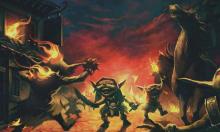






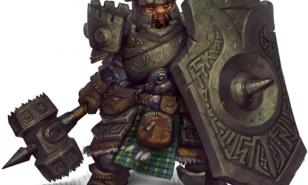
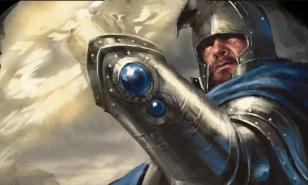


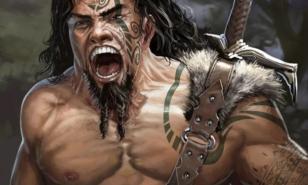
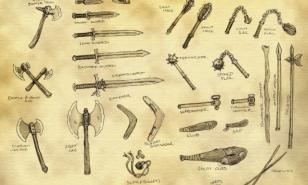
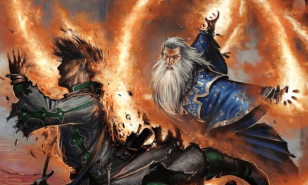
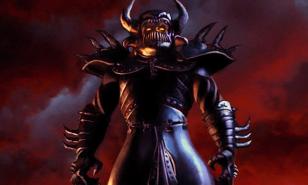

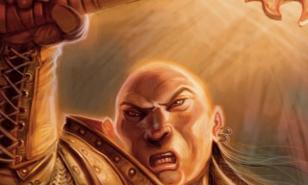

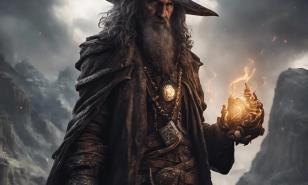
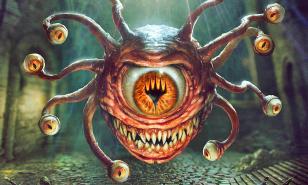
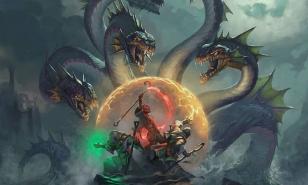
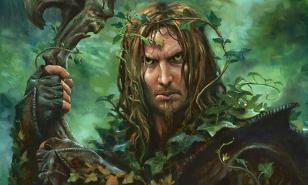
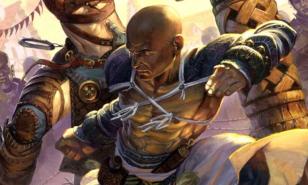
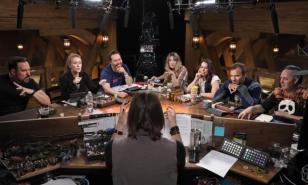
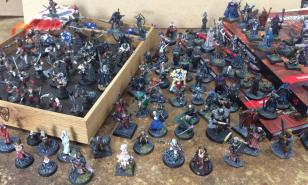

![[Top 5] D&D Best Fighter Builds of All Time D&D Best Fighter Builds](https://www.gamersdecide.com/sites/default/files/styles/308x185-scale-crop--more-top-stories/public/chrome_2.jpg)
![[Top 10] D&D Best Party Compositions That Are Great a group of adventurers towering valiantly upon a cliff.](https://www.gamersdecide.com/sites/default/files/styles/308x185-scale-crop--more-top-stories/public/screenhunter_02_6.jpg)
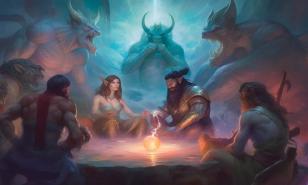
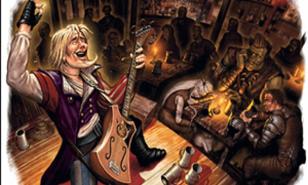
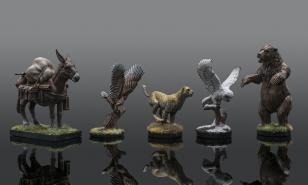
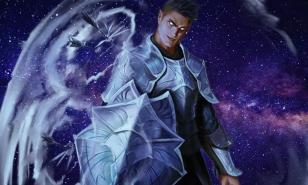
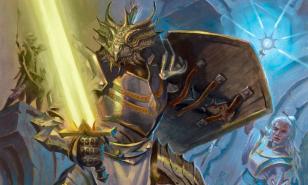
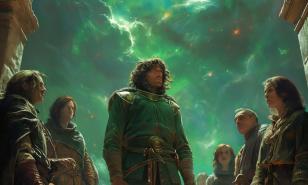

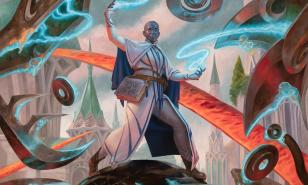
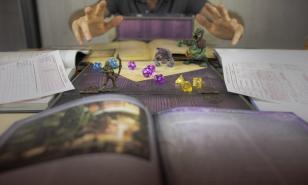
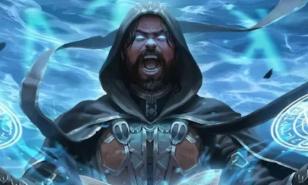
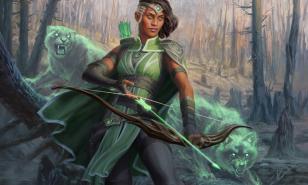

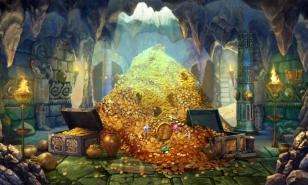
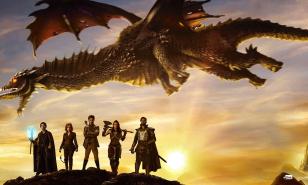
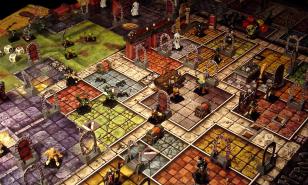
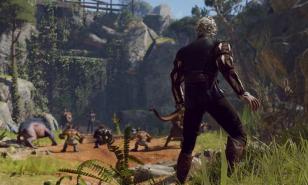
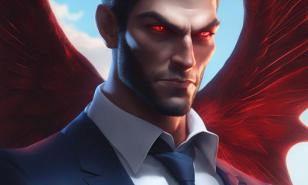
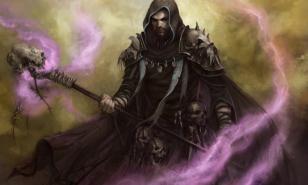
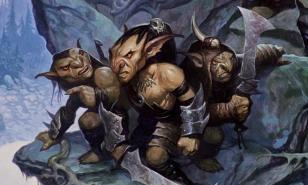
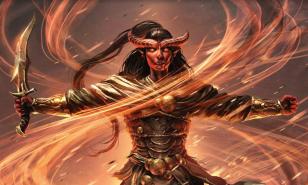
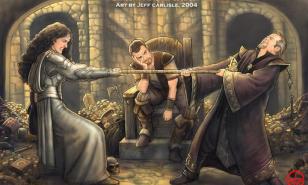
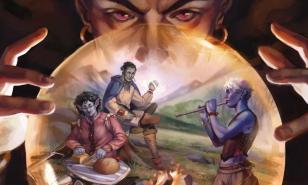
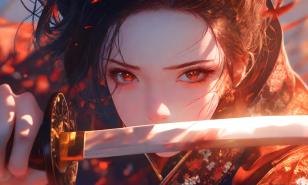
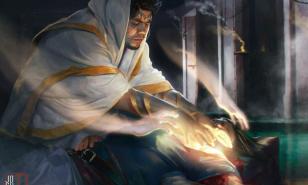
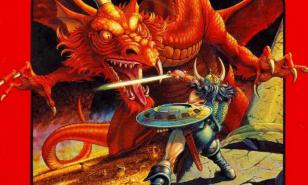
![[Top 10] D&D Best Warlock Feats That Are Excellent Best D&D Warlock Feats](https://www.gamersdecide.com/sites/default/files/styles/308x185-scale-crop--more-top-stories/public/best-warlock-feats-0.jpg)
